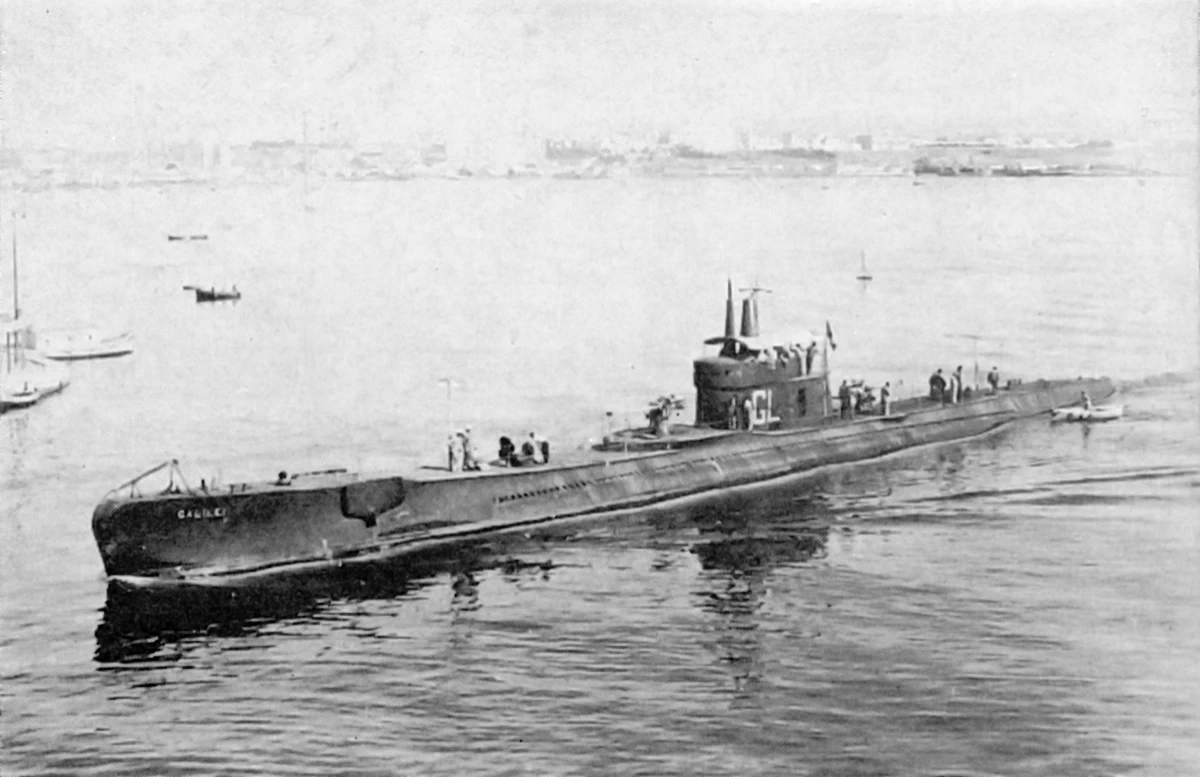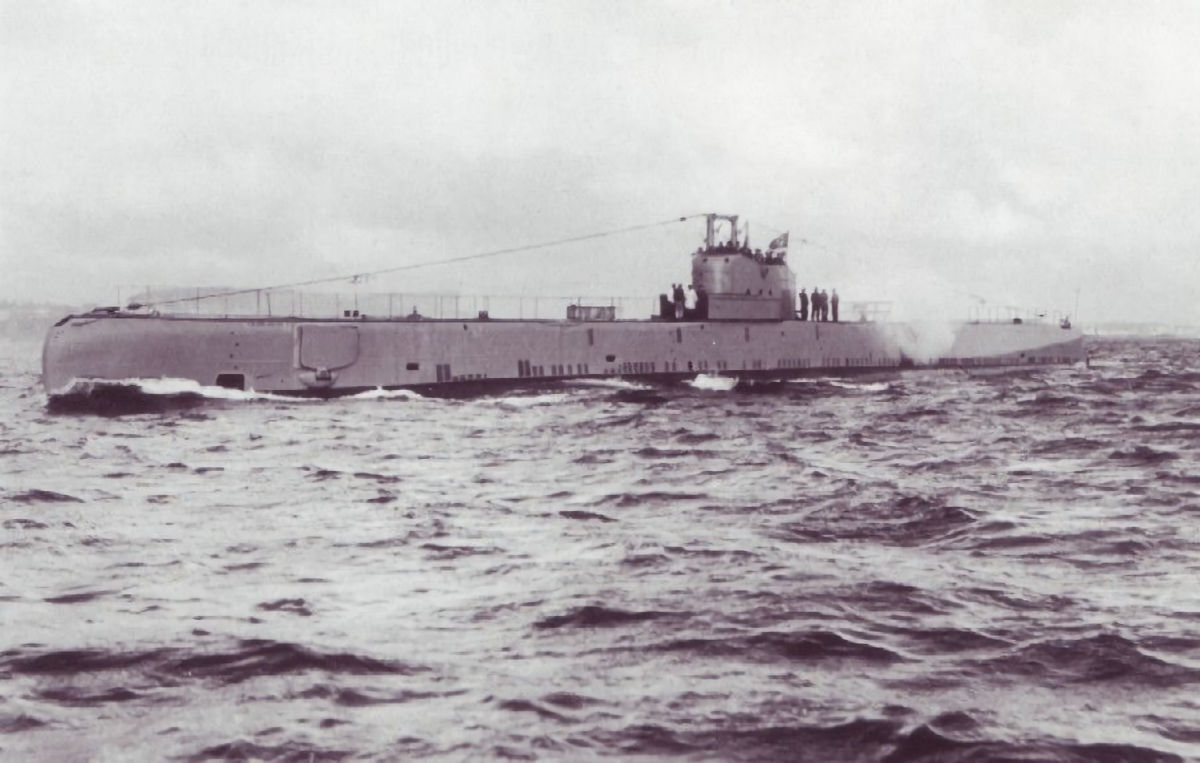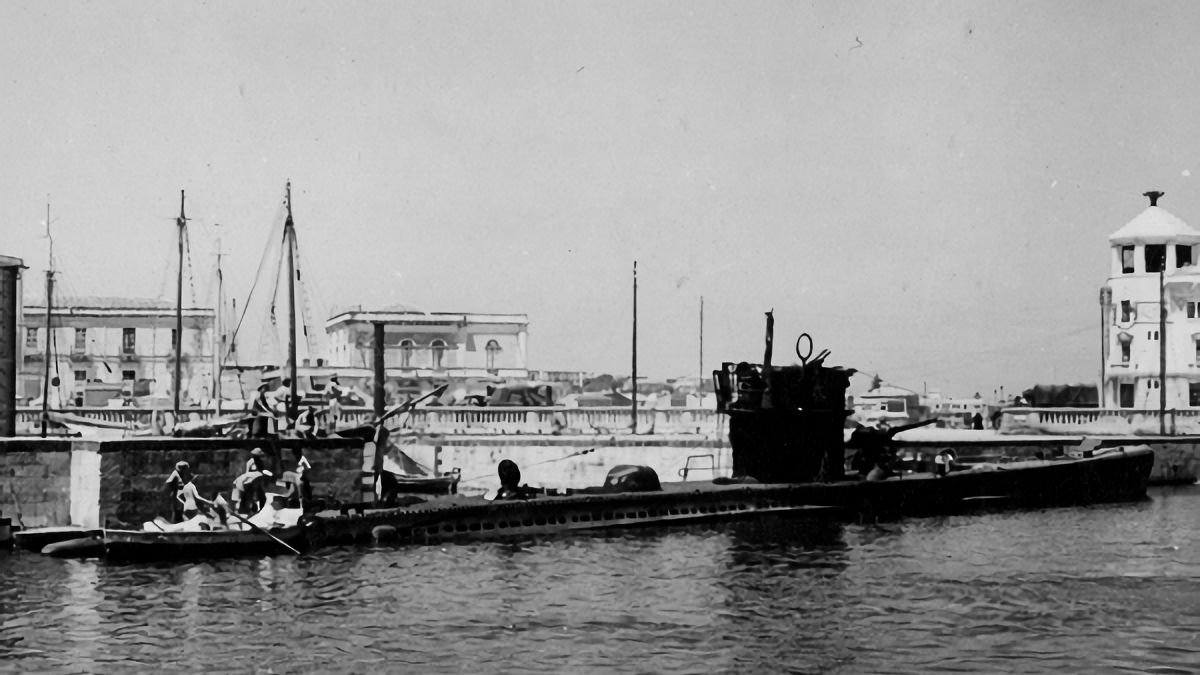Tag: submarine
-
Italian Submarine Galileo Galilei

Italian Submarine Galileo Galilei Galileo Galilei was an Archimede-class submarine built for the Italian Regia Marina. Launched on 19 March 1934, she was commissioned on 16 October 1934. At the time of Italy’s entry into the Second World War, Galileo Galilei was in the Red Sea. On her first patrol, she sank the Norwegian tanker… Read more
-
German Submarine UB

German Submarine UB KMS UB was a Grampas-class minelaying submarine of the German Kriegsmarine during the Second World War. Originally built and operated by the British Royal Navy, she was captured on 5 May 1940. HMS Seal was launched on 28 September 1938 and commissioned into the Royal Navy on 28 January 1939. On 4… Read more
-
British Submarine HMS P714

British Submarine HMS P714 HMS P714 was an Acciaoia class submarine operated by the British Royal Navy after its capture on 12 July 1943. Originally operated by the Italian Regina Marina as Bronzo, she was captured after being engaged by HMS Seaham, HMS Boston, HMS Cromarty, and HMS Poole. Towed into to Syracuse by HMS… Read more